ENERGY EXPERT
 Jimmy Priatman
Jimmy Priatman
Chief Architect/Founder, PT. Archi-Metric | Indonesia
Chairman of the Center for Building Energy Study – Petra Christian University and the Principal Architect of PT. Archi-Metric, Jimmy Priatman is the energy efficiency man in Indonesia.
“Energy efficiency is an effective strategy to achieve the objectives of green design because maximising building energy performance significantly reduces carbon dioxide emissions and exploitation of fossil fuel.”
Thus, he has been heavily involved in building energy efficient buildings since the 1990s. Some of his major professional projects that reflect his energy-saving concepts include the Graha Pangeran, which uses only 140kwh/m2/year, and the Grha Wonokoyo, which consumes only 88kWh/m2/year.
And Priatman’s efforts in pushing for a greener built environment have been well recognised not only in Indonesia but also across Asia.
Amongst many, he has received the Kalyanakretya Utama Award from the Indonesia President and the Minister of Research and Technology in 2002; the 2002 ASEAN Energy Award for Graha Pangeran as a tested and proven energy efficient high-rise building, as well as the 2006 ASEAN Energy Award for Grha Wonokoyo as the most energy efficient high-rise building in Indonesia and the third in ASEAN.
The fervent advocate, who is also a Senior Lecturer in the Department of Architecture at Petra Christian University, does his part to increase awareness on the subject by speaking extensively on sustainable energy related topics at seminars and workshops throughout the country.
Of course, green building design is more than increasing building performance through efficient energy consumption; it requires a cohesive and integrated approach. Priatman recognises that although energy efficiency plays a major role, it cannot be the sole consideration for green architecture.
“To minimise the impact of buildings on the environment, energy efficiency must also be paired with other strategies such as water conservation, recycled or reused materials, sustainable site development, and so forth. Green design is a multifaceted challenge, with energy efficiency, in my opinion, being the largest facet.”
“Green building practice can’t be more relevant in Indonesia, where limited energy supply is a continuous problem and evident in occasional blackouts. We have to reduce our dependency on fossil fuel energy by means of energy conservation (using passive systems) and renewable energy, which are the proper solution to achieving both short-term and long-term sustainability.” He also recognises that, to move things forward in Indonesia, the public must become more aware of the energy situation and the government must be committed to promote sustainable energy endeavours.
He also recognises that, to move things forward in Indonesia, the public must become more aware of the energy situation and the government must be committed to promote sustainable energy endeavours.
“The challenge in Indonesia is the lack of public awareness of this issue, as well as government subsidy for electricity, causing many to take advantage and rely upon the subsidy which in turn increases our dependency on fossil fuel even more. In addition, there is neither subsidy nor reward for implementing energy efficiency, such as installing energy efficient fixtures or on-site renewable energy. The government needs to be proactive in leading citizens towards a culture of sustainability.”
Having said that, Priatman remains positive that the future of green building in Indonesia will be “very promising” because the public is already becoming more aware of global warming and ozone depletion issues.
“Buildings contribute considerably to total energy consumption and people are starting to realise that. This is evident in the newly-formed Green Building Council of Indonesia. Green building practice in Indonesia is still in its nascent state with no other way but to grow.”
© Copyright 2009 FuturArc. All rights reserved. Reproduction in whole or in part without permission is prohibited.



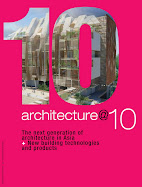
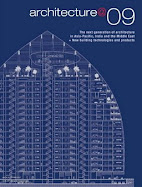

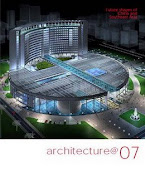


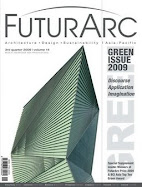



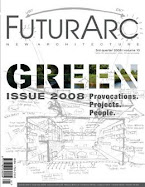








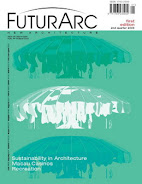



No comments:
Post a Comment